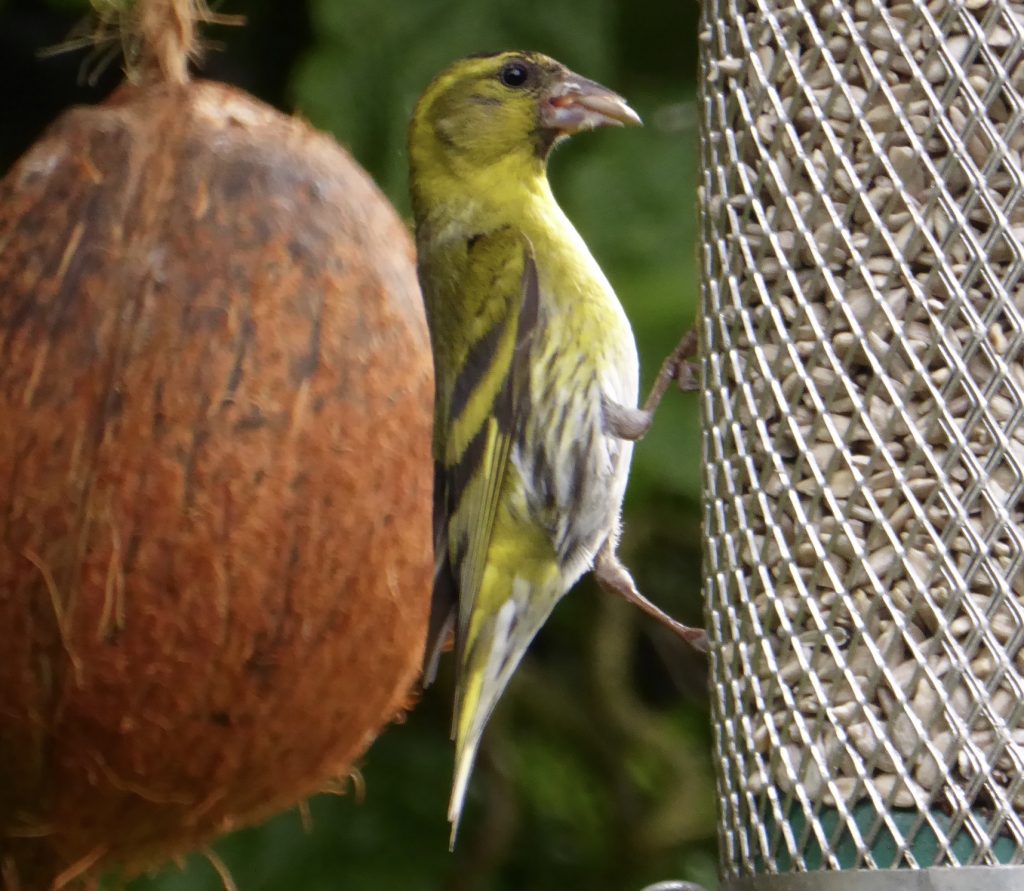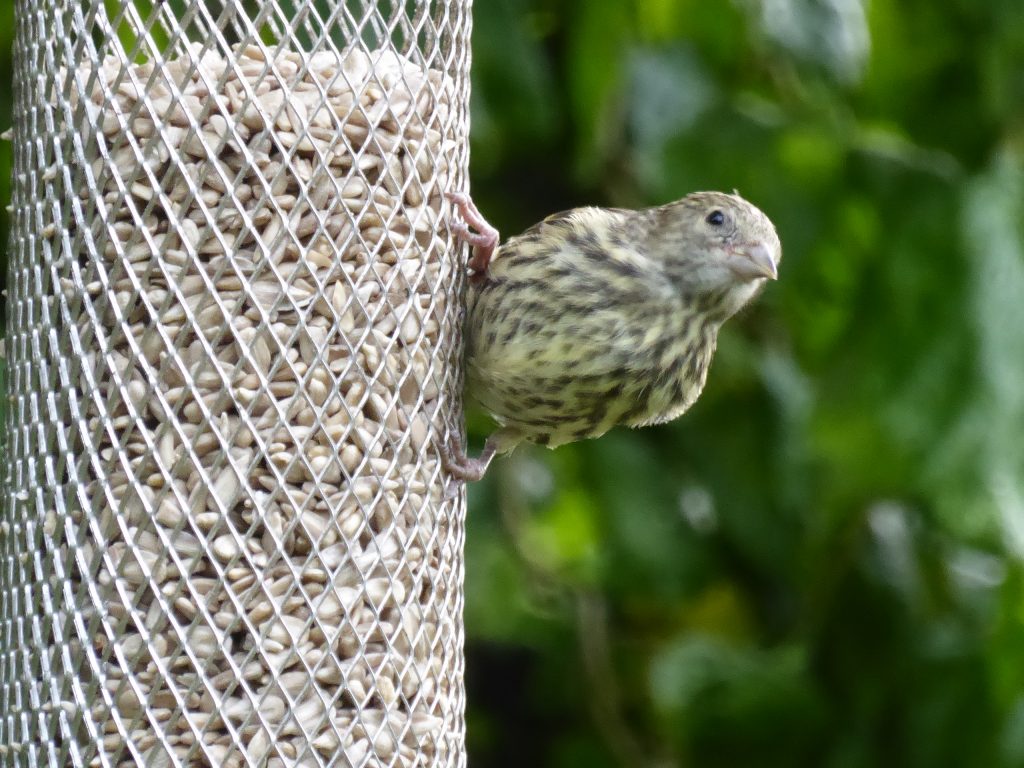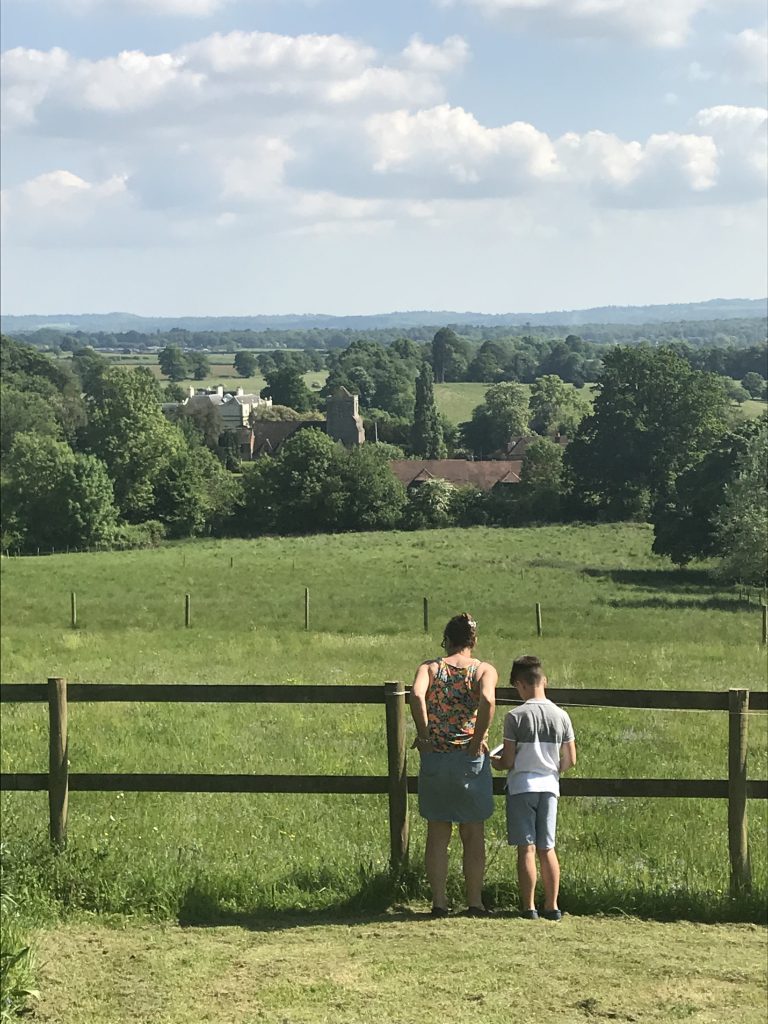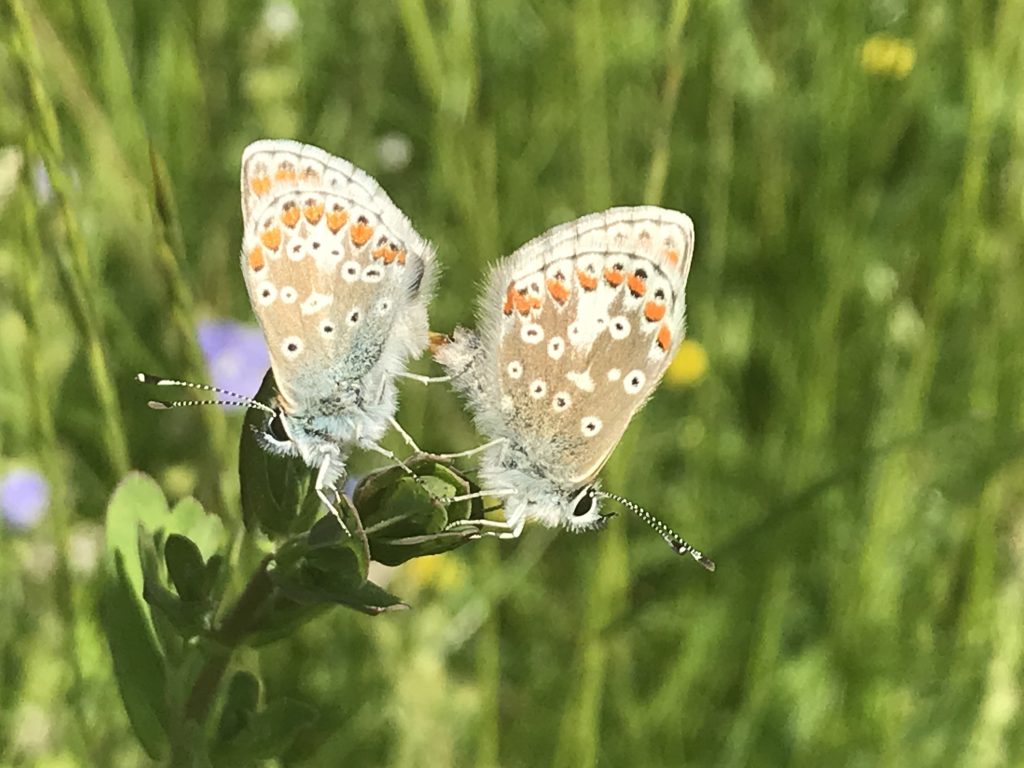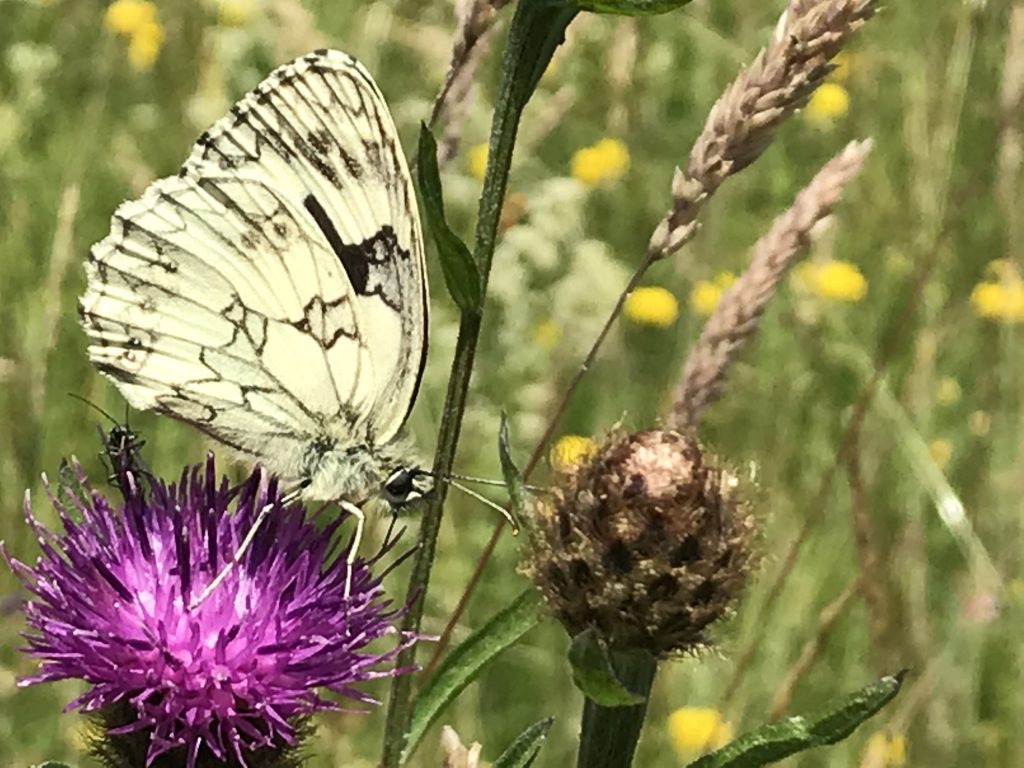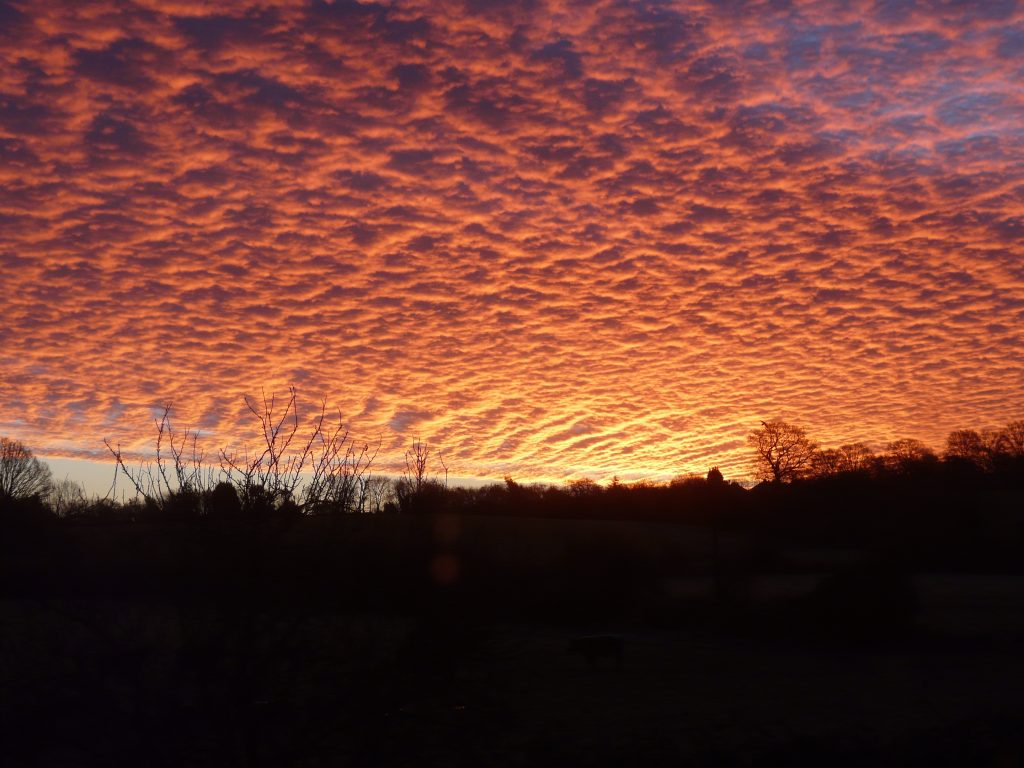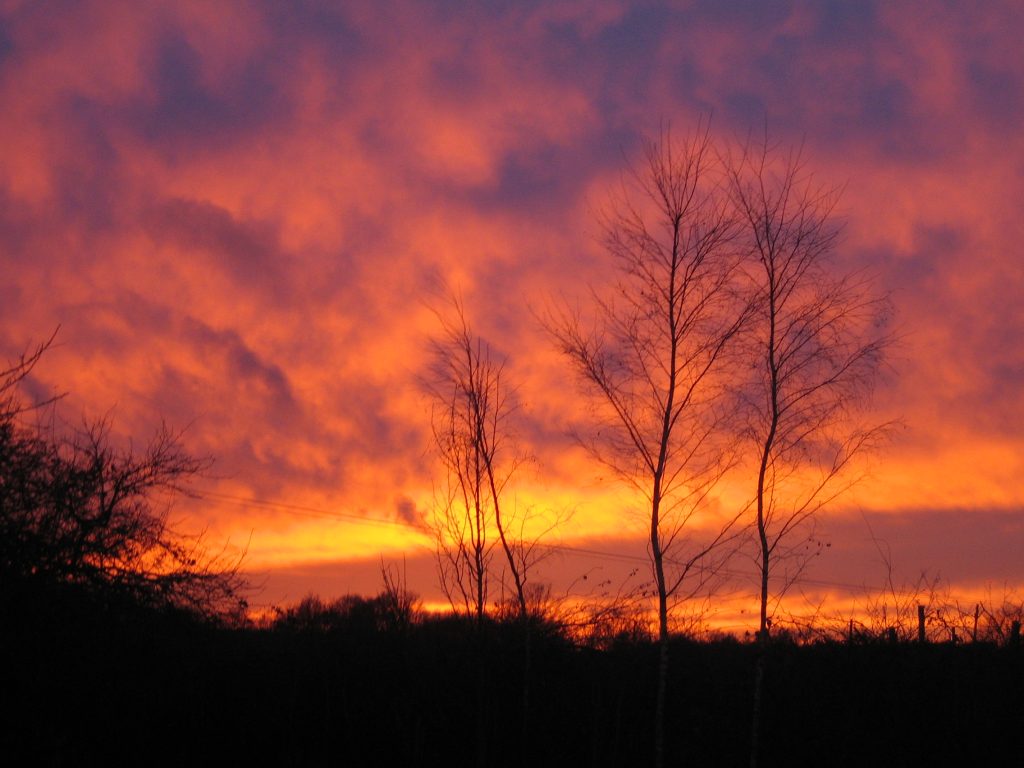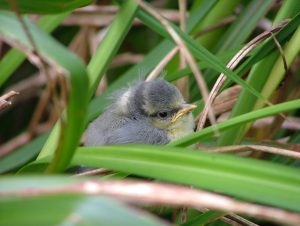My father was a lovely man, gentle and kind, with a passion for gardening and in particular growing just about anything edible. Our vegetable plot is a pale imitation of my dads but it also gives a great deal of pleasure to us.
I learnt the hard way that growing vegetables in a garden open to Roe deer is a frequently frustrating process. Once the regular agricultural activities stopped in the surrounding fields deer quickly found the refuge and at least one doe has given birth to young every year since the millennium. On telling my father, soon after seeing deer actually in the garden for the first time, and being met with incredulity and disbelief it led to great mirth. Whilst berating me for dreaming the sighting a Roebuck chose that moment, in broad daylight, to step out of the hedge behind my father and begin nibbling windfall apples! Joy and wonderment and a lot of giggles!
For a couple of years I kind of gave up growing much at all using the deer as a rather lame excuse for my laziness. Very early in the morning following my fathers late night passing I looked out of the bathroom window to find 5 deer quietly grazing in the garden, reassurance that life goes on comes in many forms.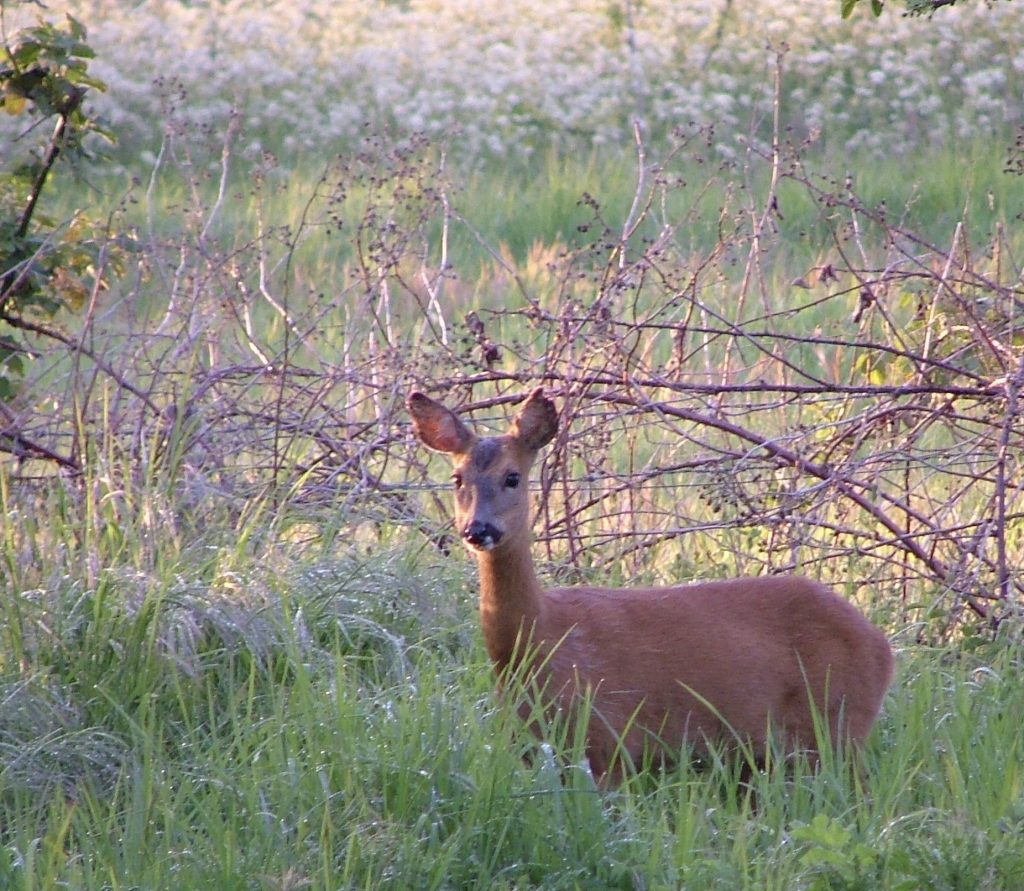
The experience led me to interpret their appearance as a challenge and my mum and I then fenced the veg plot and started growing again.
Some years we have had very relaxed does who have treated the garden as their private refuge, bringing quite young kids (often twins) in to sleep. During the worst of the snows there were often 3 snow covered humps outside the patio doors which morphed in to mum and babes as the sun came up.
The fence round the veg has to be high obviously and you have to remember to close the gate!

Forgot the gate last night after watering and my wife had even commented over breakfast tea that we hadn’t seen any deer for a couple of weeks. Result……….runner beans gone! The cost of joy, indeed!
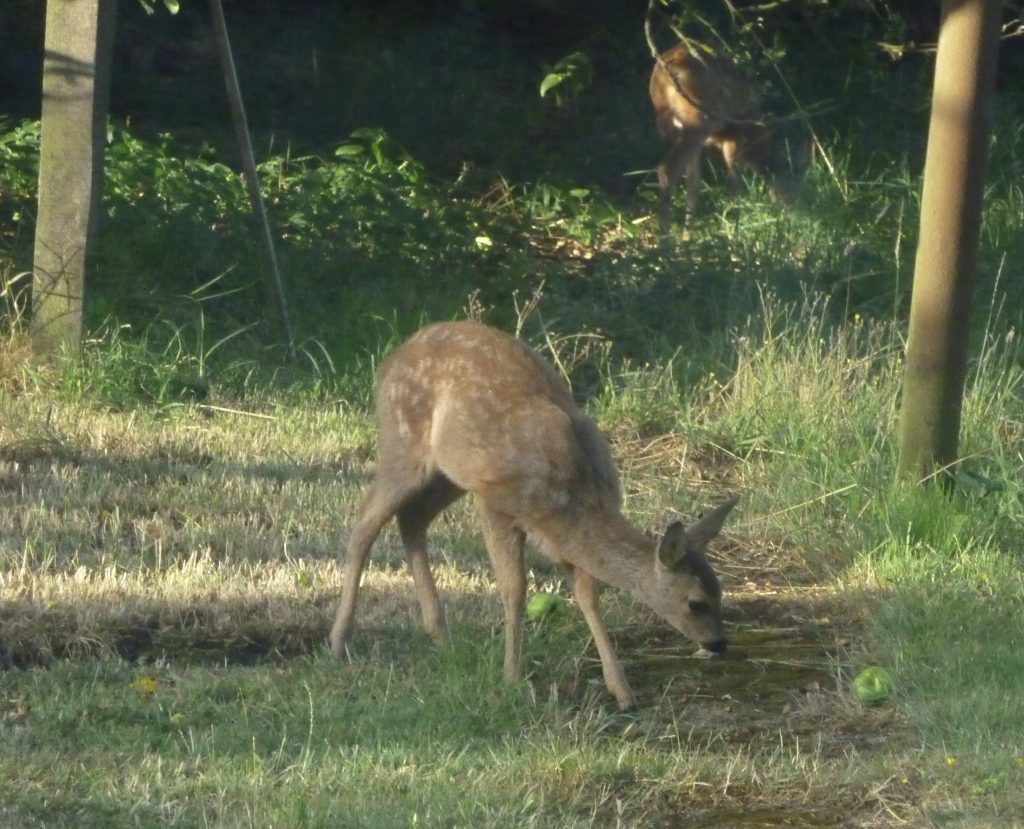


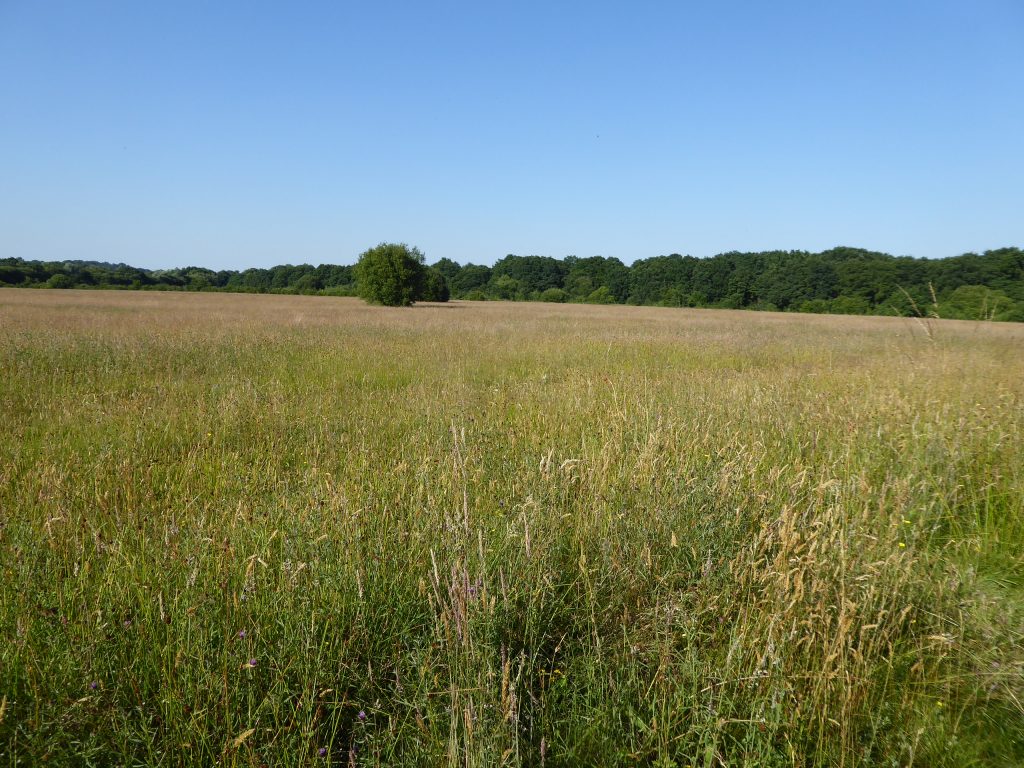
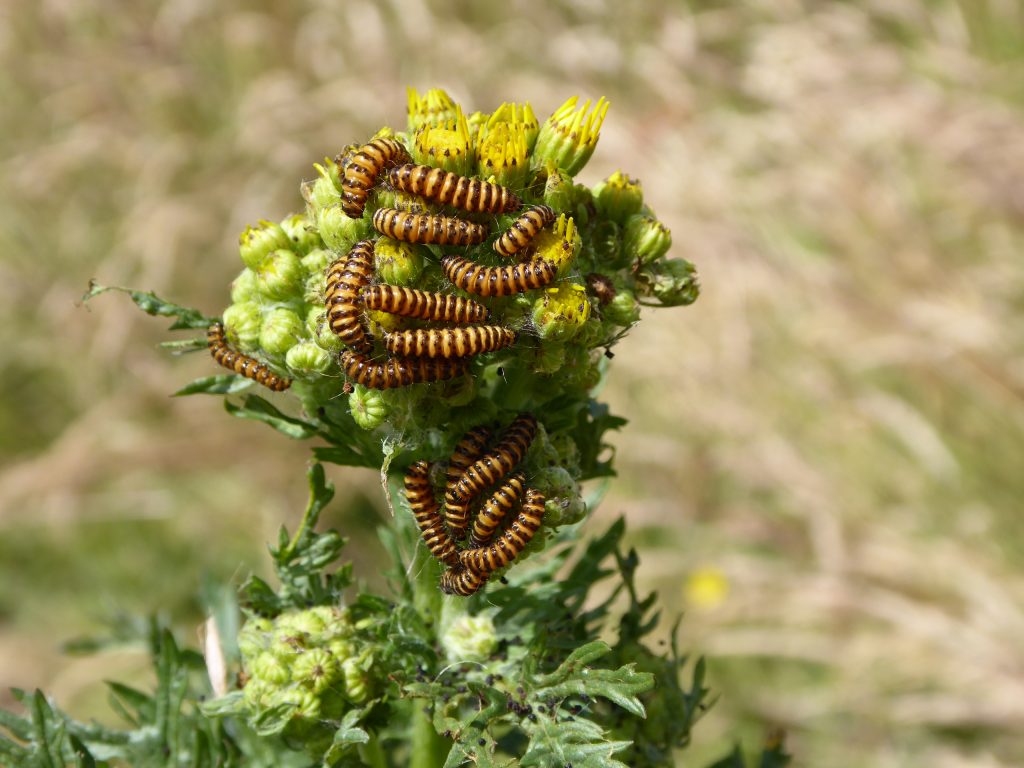
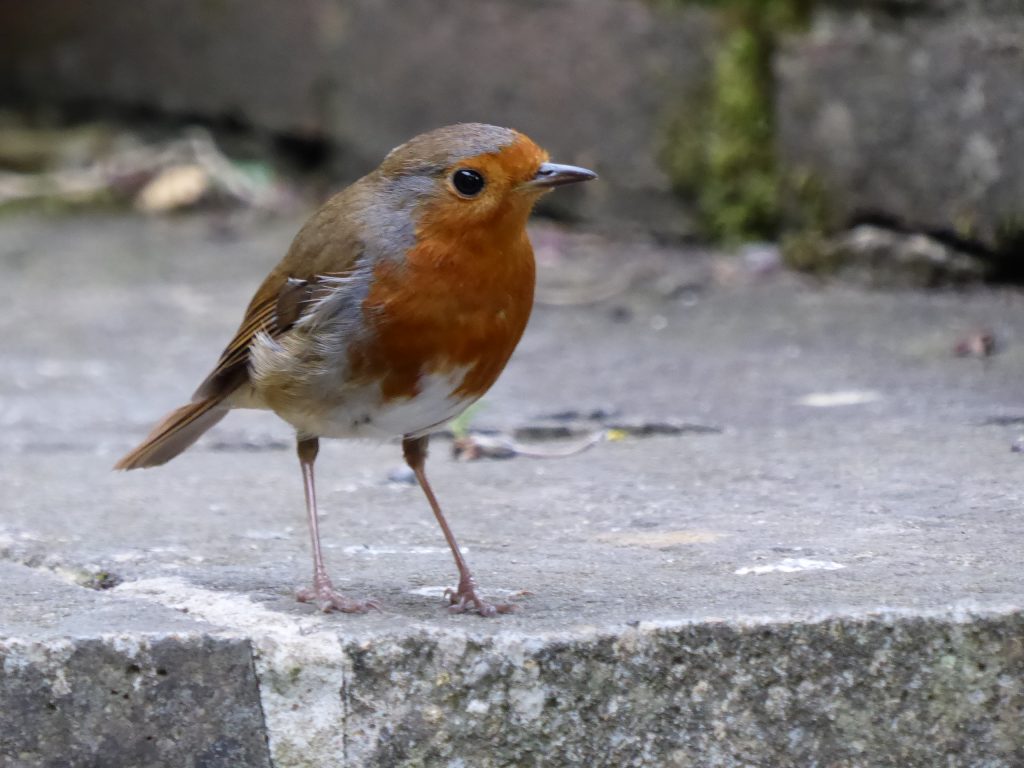 can be coerced is one thing but House Sparrows
can be coerced is one thing but House Sparrows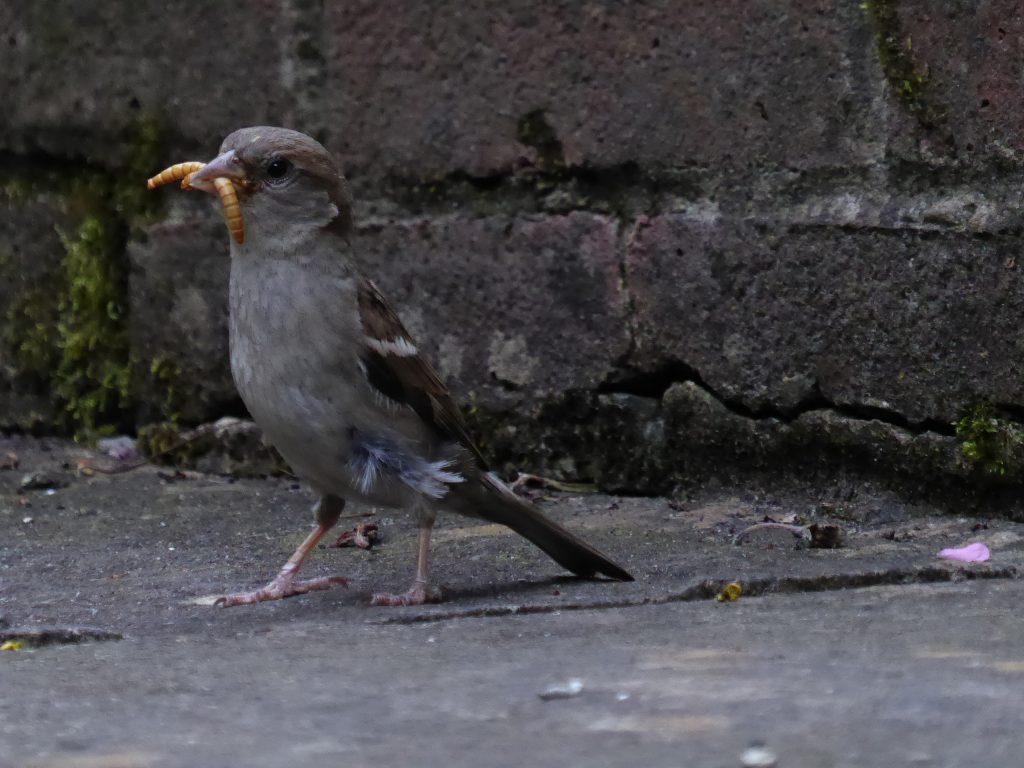 Blackbirds
Blackbirds and Great tits have all come to Roy and any other calm friends is a tribute to his continual wonder of the small things in life (I suspect that actually they are really the big important things in life just a little disguised!).
and Great tits have all come to Roy and any other calm friends is a tribute to his continual wonder of the small things in life (I suspect that actually they are really the big important things in life just a little disguised!).